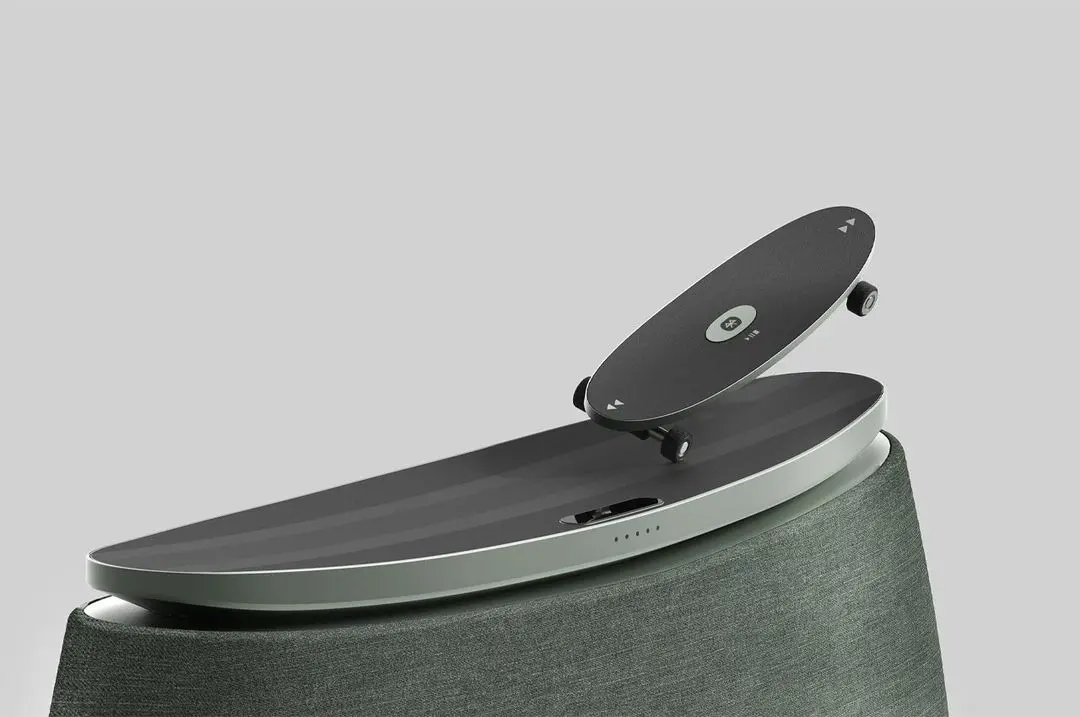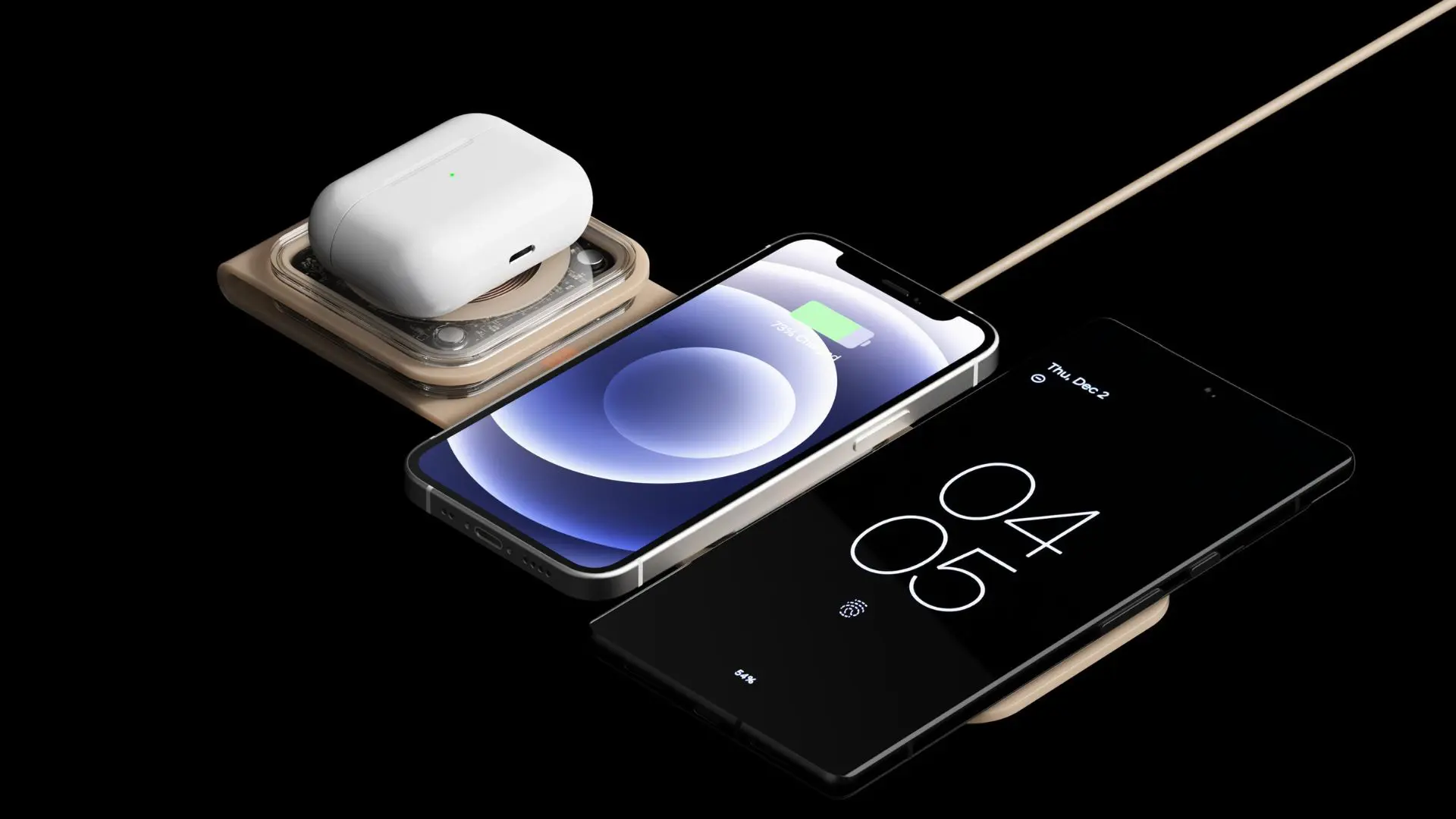5 design-friendly smart thermostats combining form and function
These smart thermostats automate heating and cool your home in style
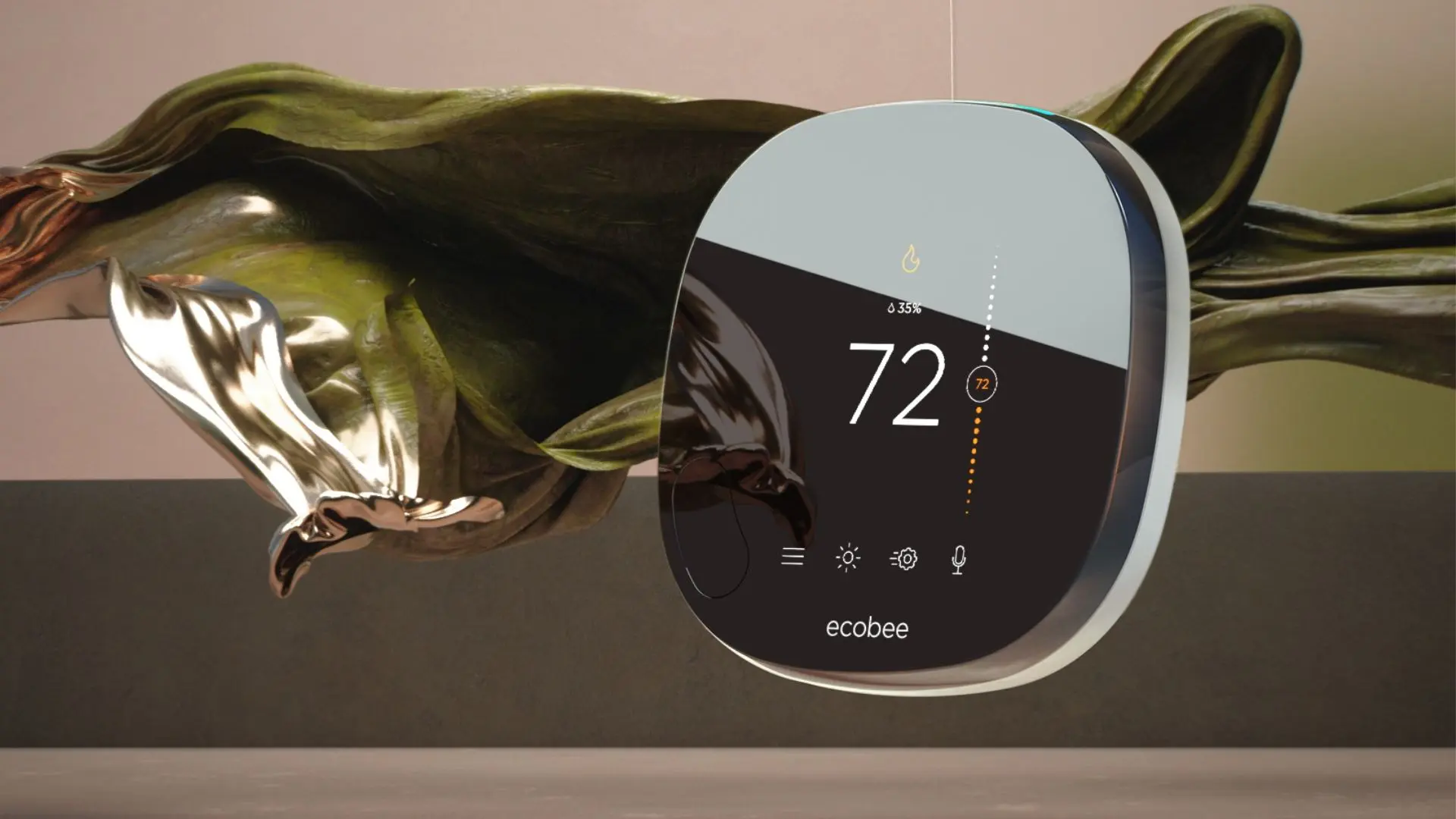
The following smart thermostats not only have a ton of useful features, but they’re also incredibly design-forward, quietly elevating the aesthetic of any home they live in.
Thermostats as a product might sound dull but they’ve come a long way over the years, offering a wide range of capabilities in addition to simply controlling the heat and AC in your home. Back in 2011, the original Nest Learning Thermostat took the world by storm with its puck-shaped hardware and smart connectivity that could learn your daily routine and create heating and cooling schedules accordingly.
While the Nest wasn’t the first connected thermostat to hit the market (Canadian-based Ecobee beat it by two years), it did help spawn a new market of stylish devices—you might remember the Hive Active Heating thermostat, which Swiss designer Yves Béhar designed for UK energy supplier British Gas back in 2015, or Ecobee, which was the first company to introduce WiFi-enabled thermostats in 2009.
Since then, a slew of app-enabled devices have entered the market, allowing users to adjust temperature remotely, accessing controls from the sofa via their phone or on the journey home from work. Many models nowadays are voice-compatible with Alexa, Google Assistant and Siri too.
Go to:
Hive Active Heating Phase 2
Launched in 2013, the Hive Active Heating thermostat and app system allowed customers to control heating and hot water in their homes via the company’s website or app.
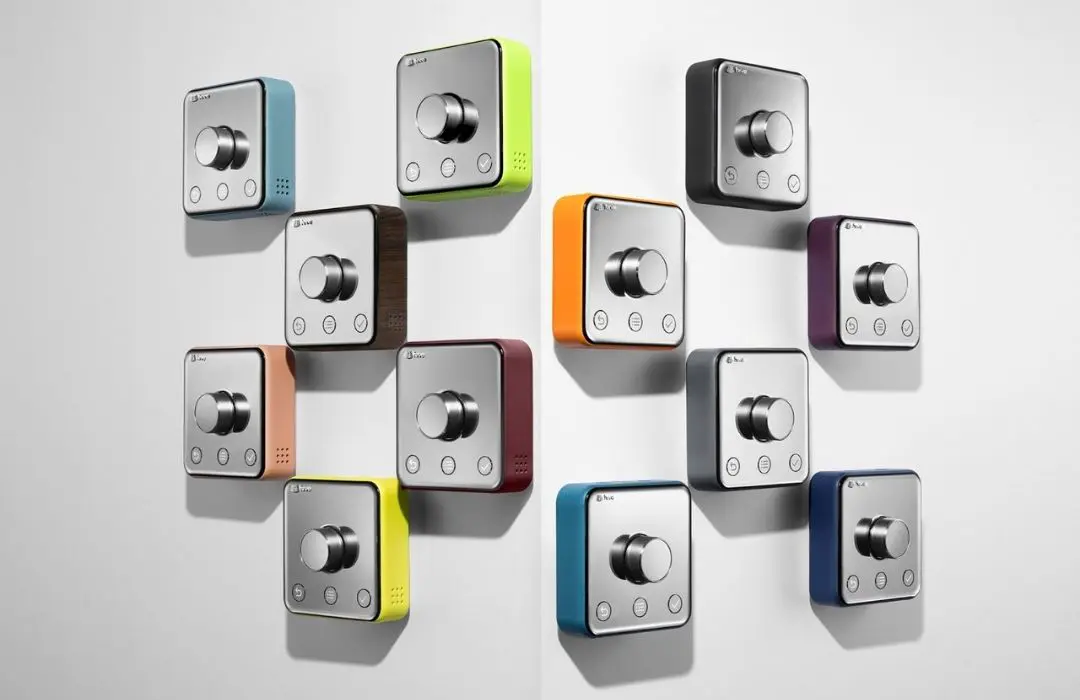
Two years later, it tapped Swiss designer Yves Béhar to create a tech-forward but accessible redesign aiming to combine efficiency with environmental sustainability and user comfort. Instead of a screen, the second phase is minimal and features an LED display that only lights up when the user touches the controls.
As well as avoiding blinking screens by integrating an auto-off feature when not in use, the device was sold with a range of coloured plastic surrounds that can be changed to match home decor.
Nest Learning Thermostat/Thermostat
Google’s smart home brand Nest broke the mould when it released its first smart thermostat, which has undergone several generations since.
It’s third-generation learning model is arguably the best with a modern retro aesthetic thanks to its sleek, puck-shaped design.

It’s available in half a dozen finishes including copper, brass, and stainless steel, and offers a bright, high-resolution display that will show the temperature, weather, or time.
The company has also released a stripped back model simply called the Nest Thermostat, which features a rotating dial reminiscent of traditional thermostats.
It’s more basic design matches the fact that it doesn’t support a number of advanced features including FarSight, which lets you see the current temp or other info from across the room, and more disappointingly smart programming, which adapts to your schedule automatically.
ecobee Smart Thermostat
The ecobee Thermostat boasts good looks and great features. With an elegantly simple glass finish, user’s navigate the device via a vivid touchscreen and an incredibly eco-friendly design (hence the name).
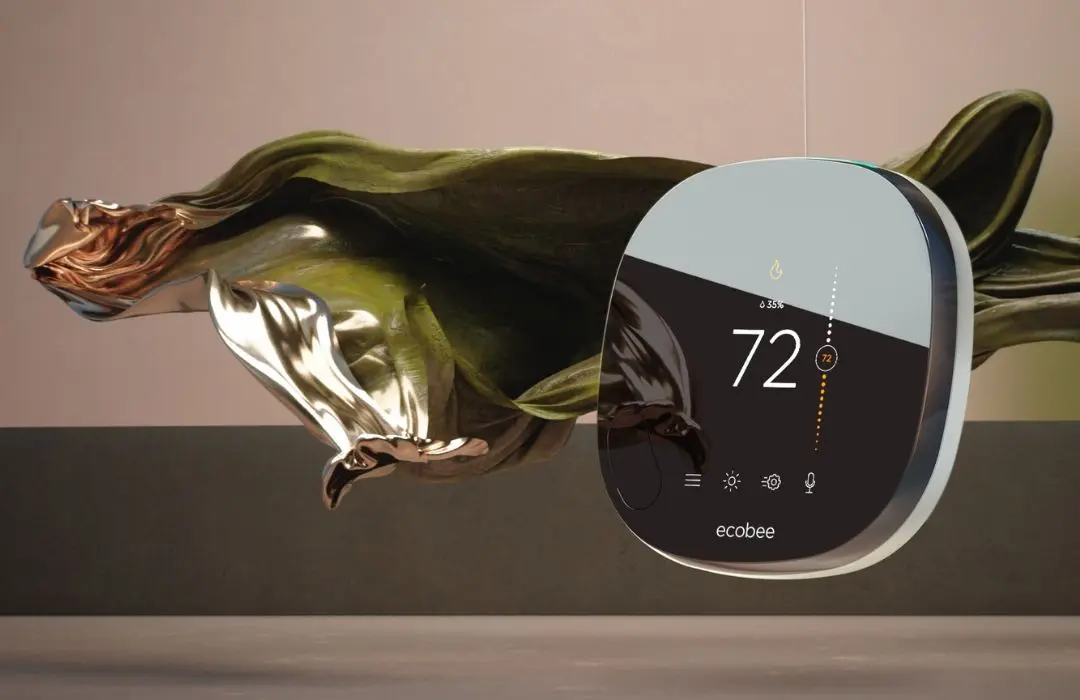
It includes a SmartSensor that you can place in the room that you’re in, and it will balance the temperature to keep that room comfortable. You can also adjust the temperature remotely using the Ecobee App.
If needed, this one can also serve as a hub for ecobee‘s smart camera and entry sensors, and connect with Apple HomeKit.
Tado Smart Thermostat
The Tado has the simplest design of them all, which is what looks so great about it. It’s minimalist and inoffensive, looks modern and clean, with a white square that sits on the wall not drawing attention to itself.

The interface is similarly paired back and features a small button on the lower right which wakes the device up by showing the current temperature.
To the left of the physical button is a touchpad to raise and lower the temperature.
The Tado lacks motion-sensing and auto-adjust features but does include a series of internet-connected radiator valves to read and adjust heating across different rooms in your house.
It does still have Wi-Fi connectivity, a partnering app for remote adjustments and there’s also the little dongle that lets your thermostat communicate with the internet, which means you don’t need to directly/wireless connect to your Wi-Fi network.
Mysa Thermostat
Quick to install (only 15 minutes), the Mysa Thermostat can be used with 120 to 240V baseboards and allows users to monitor your heat remotely.
It can be scheduled for specific temperatures at certain times, uses geofencing to know when no one is home, and can also be used with Alexa, Google Assistant, and Apple HomeKit.

Meanwhile, in-app integration lets users track energy use and heat their home no matter where in the world you are.
The Mysa thermostat has one technical design point that sets it aside from the rest, and like the Tado, it’s the clean design that has a minimalist dot-matrix display that gives capacitive touch-sensitive buttons, and it’s super aesthetically pleasing that gives that high-tech vibe without being super distracting.
At the same time, this arguably limits its capabilities.








